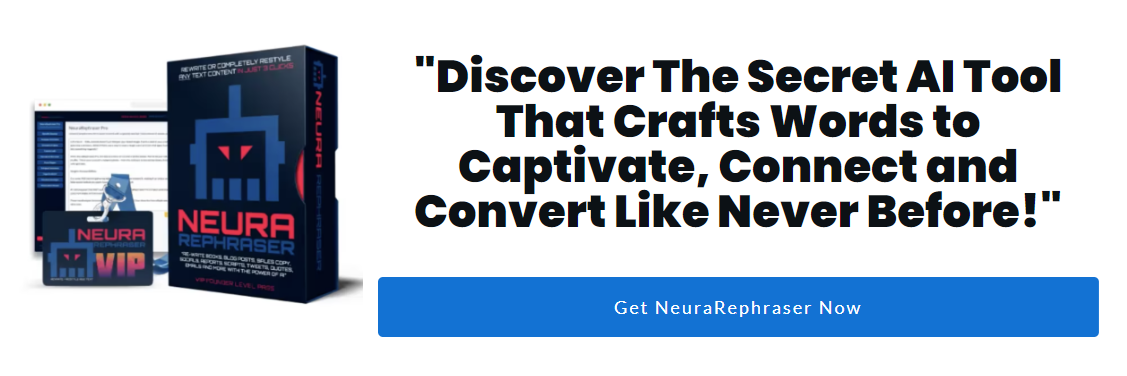In today’s fast-paced world, the demand for accessible, engaging, and effective online education is at an all-time high. As a forward-thinking entrepreneur, you can capitalize on this opportunity by creating AI-powered online courses and workshops using ChatGPT. In this section, we’ll explore the process of developing high-quality educational content with the help of ChatGPT and share strategies to maximize your earning potential.
Identifying Course Topics and Target Audience
The first step in creating an online course or workshop is to identify your target audience and select topics that will resonate with their needs, interests, and goals. ChatGPT can help you streamline this process by generating ideas based on industry trends, market demand, and your areas of expertise.
To get started, provide ChatGPT with a prompt that outlines your requirements, such as:
“Generate a list of 10 potential course topics related to digital marketing, focusing on emerging trends and high-demand skills.”
Once you have a list of potential topics, validate their relevance and demand using market research, keyword analysis, or feedback from your target audience. This will ensure you invest your time and resources into developing courses that have the potential to generate significant interest and revenue.
Structuring and Outlining Your Course
A well-structured course is key to ensuring your students can easily navigate and understand the content. Use ChatGPT to help you create a comprehensive course outline that covers all essential aspects of your chosen topic.
Provide a prompt that specifies the topic, format, and objectives of your course, such as:
“Create a detailed outline for a 6-week online course on ‘Advanced SEO Techniques for Small Businesses,’ including weekly modules, subtopics, and learning objectives.”
With a clear structure in place, you can move on to creating engaging and informative content for each module and lesson.
Developing Engaging Course Content
Leverage ChatGPT’s content generation capabilities to create high-quality course materials, including video scripts, articles, quizzes, and case studies. By incorporating a variety of content formats, you can cater to different learning styles and preferences, ensuring a more engaging and effective learning experience for your students.
Here are some examples of prompts you can use to generate content for your course:
“Write a script for a 10-minute video explaining the concept of on-page SEO and its importance for small businesses.”
“Create a 1,000-word article on keyword research techniques and tools for small business owners.”
“Design a quiz to test students’ understanding of link-building strategies and best practices.”
Reviewing and Refining AI-Generated Content
As with any content generated by ChatGPT, it is essential to review and refine the materials to ensure accuracy, consistency, and coherence. Use the editing techniques discussed in Module 3.1 to polish your course content, ensuring it meets your quality standards and aligns with your brand identity.
Creating a Community and Providing Support
One of the key factors that contribute to the success of an online course or workshop is the sense of community and support provided to students. ChatGPT can help you create and moderate engaging discussion prompts, encourage peer-to-peer interaction, and answer frequently asked questions. By establishing a supportive learning environment, you can enhance student satisfaction and increase the likelihood of positive reviews and recommendations.
Marketing Your AI-Powered Online Course
With your course content ready, it’s time to spread the word and attract students. ChatGPT can assist you in creating compelling marketing materials, such as promotional emails, social media posts, and landing page copy. Tailor your messaging to your target audience, emphasizing the unique benefits and value your course offers.
Some example prompts to help with your marketing efforts include:
“Write an email announcing the launch of our new online course, ‘Advanced SEO Techniques for Small Businesses,’ and highlight the key benefits for small business owners.”
“Create a series of five social media posts promoting the online course, focusing on the transformative impact it can have on small business success.”
Evaluating Course Performance and Gathering Feedback
To continuously improve your course offerings and adapt to the ever-changing market demands, it’s important to gather feedback from your students and monitor the performance of your online courses. ChatGPT can help you design surveys and questionnaires to collect valuable insights from your students, as well as analyze the data to identify areas for improvement.
Consider using prompts like:
“Create a post-course survey for students who completed the ‘Advanced SEO Techniques for Small Businesses’ online course, focusing on their overall satisfaction, learning outcomes, and suggestions for improvement.”
“Analyze the survey results and provide a summary of the key findings and recommendations for enhancing the course experience.”
By incorporating ChatGPT into every stage of your online course or workshop development process, you can create high-demand educational content that sets you apart from the competition. Not only will you save time and resources, but you will also unlock new revenue streams and position yourself as an industry expert in your field.
Now that we’ve covered how to create AI-powered online courses and workshops, let’s dive into another essential aspect of creating high-quality products with ChatGPT: leveraging AI to enhance your visual design and overall brand presence.

